Conservation status
Griffon vulture is classified as Least Concern in the IUCN Red List.
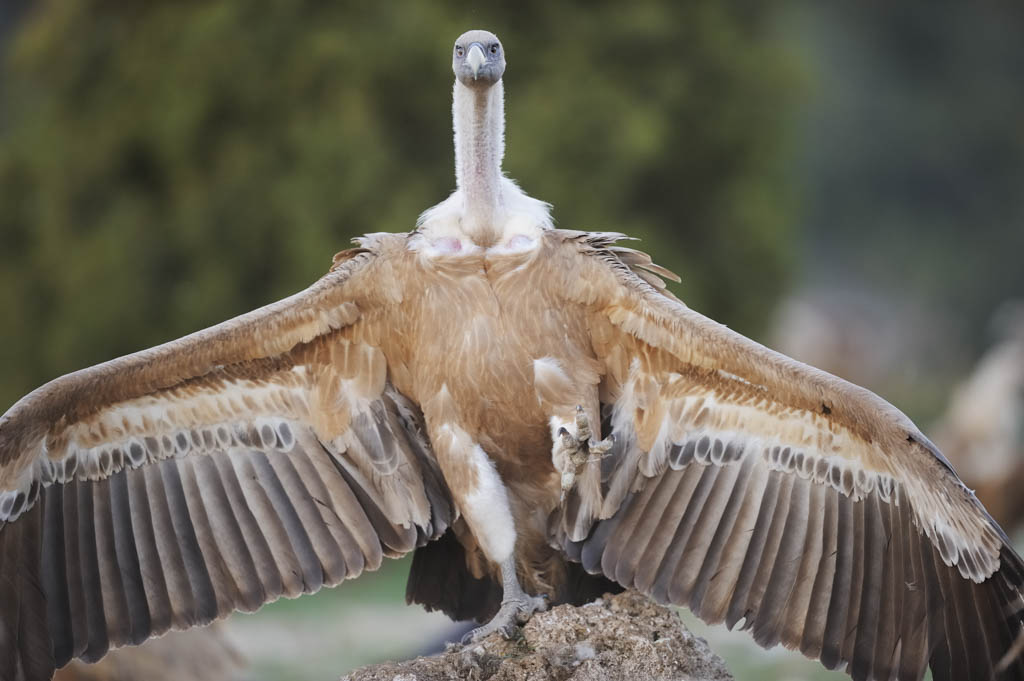
The Griffon vulture is sand-coloured to dark brown, with a white head, neck and ruff. The primary and tail feathers are dark brown to black. Young birds have a brown ruff and are darker in colour. The wings are long and wide and are resemble fingers.
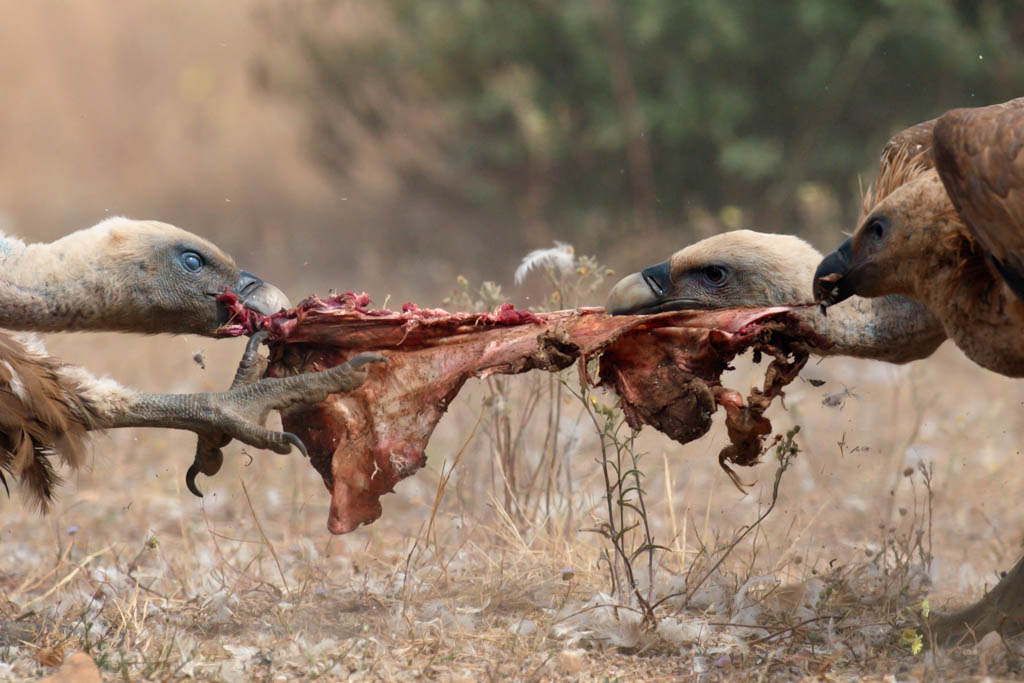
Тhe Griffon vulture feeds mainly on the softer parts of carcasses, such as the muscles and viscera. Because of it’s long neck, this species can reach far into the carcass without snagging. Griffon vultures are very social in comparison to other vulture species. They forage in groups and breed in colonies on steep cliffs.
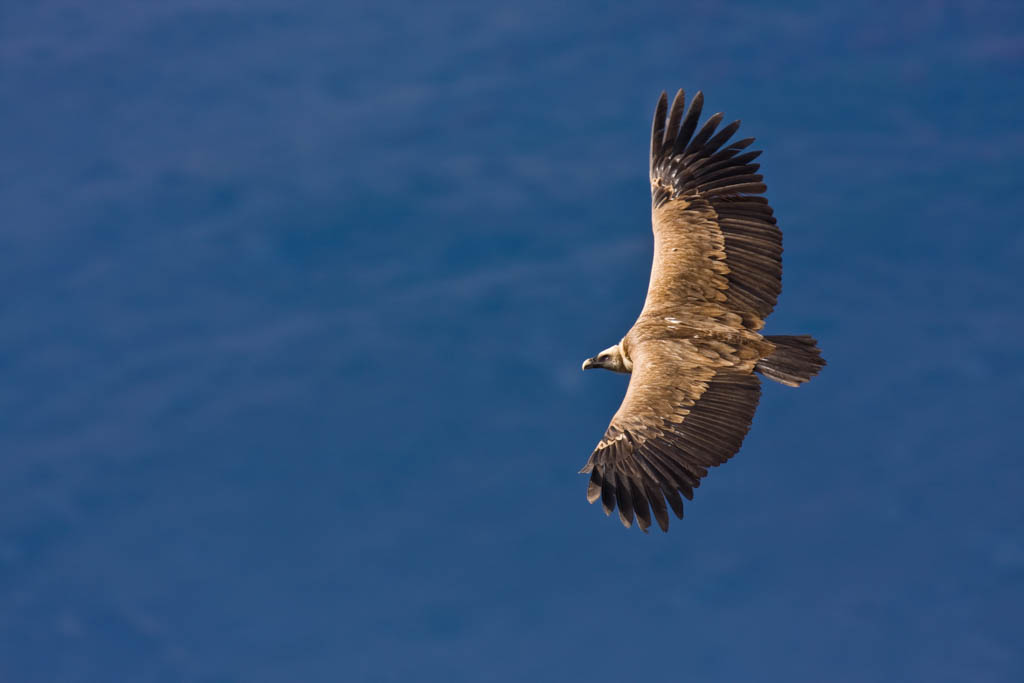
It is a species of expansive open areas in a wide array of environments, from mountains to semi-desert, and is recorded regularly from sea level up to c.3,000 m. It feeds almost exclusively on carrion, mainly that of large mammals. Griffon vulture inhabits open areas in a wide array of environments. The nest is usually built on cliffs, rocky outcrops with sheltered ledges or small caves.
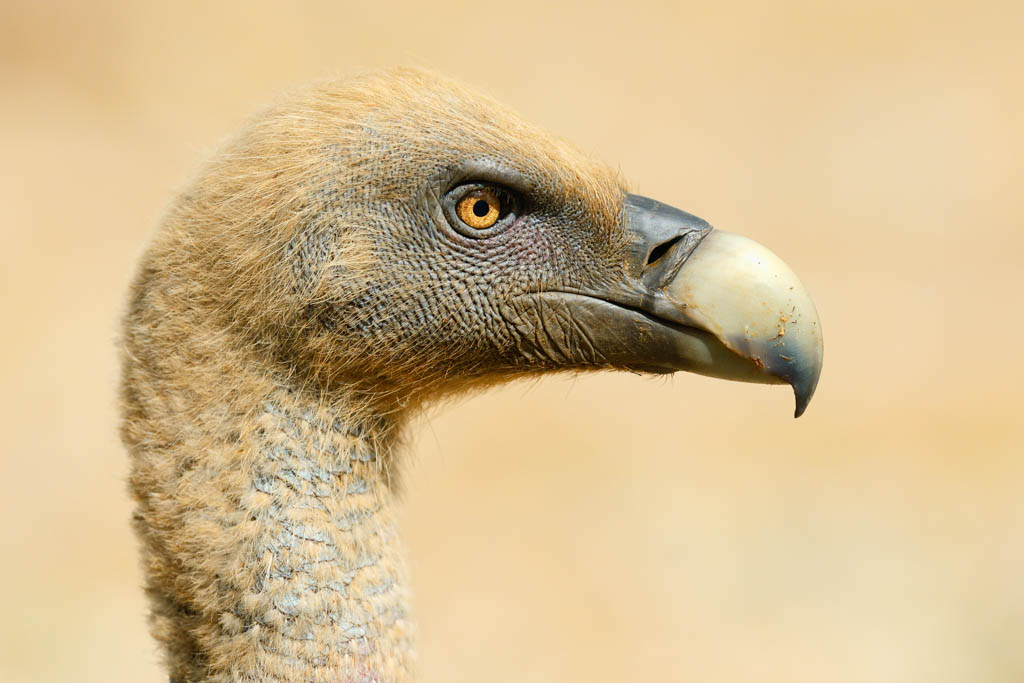
Griffon vulture is a resident species. The couples start its mating display and copulation in mid December and prepares the nest in January. Depending on the climate feature of the season, during the period December – March it lays one egg and sits on it for 52–57 days. The nests are grouped in colonies with rare isolated nests are rare. The griffon vulture guards only its nest.
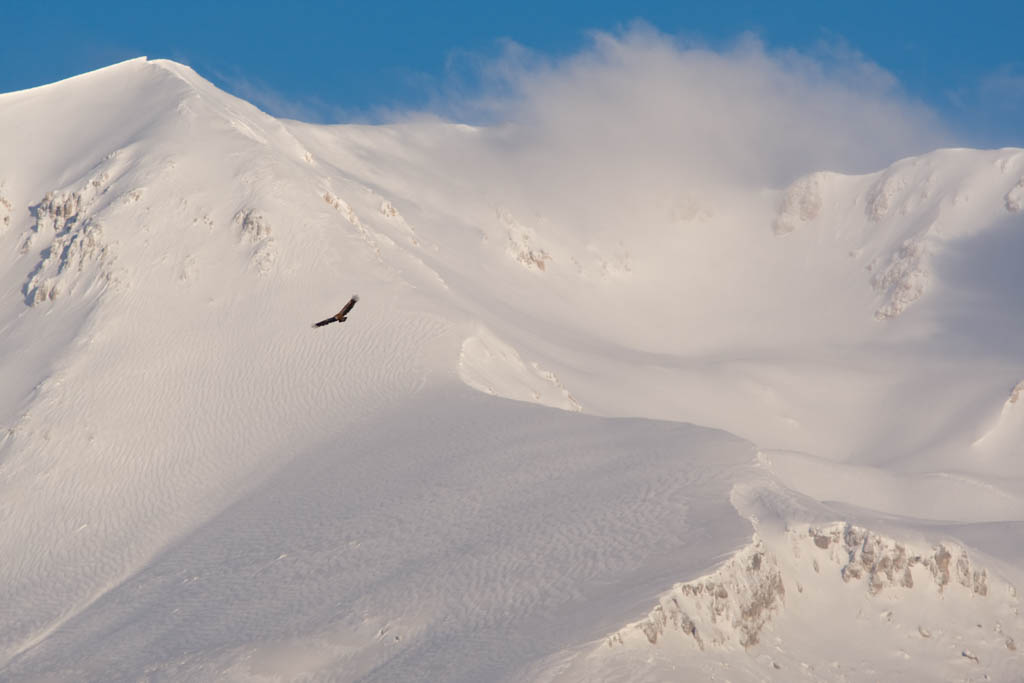
When searching for food it forms groups which can cover great distances. It eats about 1–1,5 kg/day. The young reach maturity on their fifth year. During that period they do wandering migrations covering considerable distances usually singly. They can cross or come to unfavourable territoires when the lack of colony or other birds or experience can prove dangerous. About 70% of the species death-rate is referred to this period.
Griffon vulture is classified as Least Concern in the IUCN Red List.
Poisoning after illegal use of poison baits targeted at large carnivores (e.g. wolves, jackals) to protect livestock and game
Lead poisoning by hunting ammunitions, effect of veterinary drug contamination (not yet studies)
Reduced food availability
Direct persecution
Electrocution end collision caused by electric transfer networks or collision at wind mills